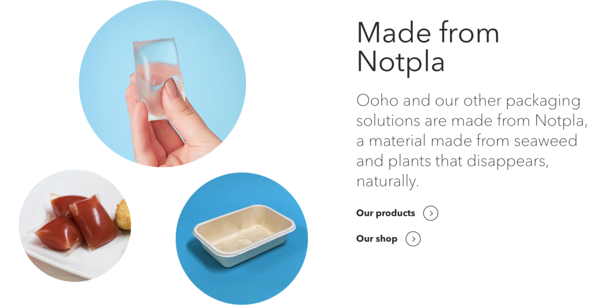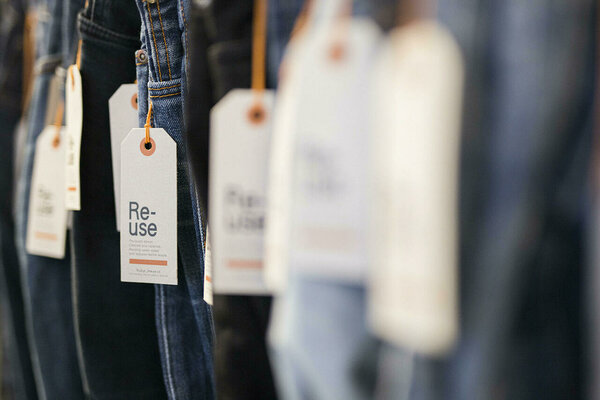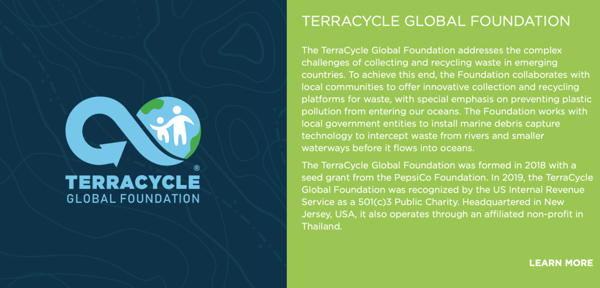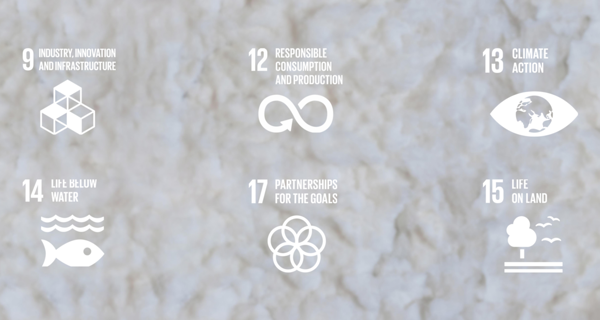How could we encourage designers to incorporate circular design methods more into their work? 4 questions to GROW
Estonian Design Centre in cooperation with Grow agency will hold a Circular Economy Masterclass targeted for designers in the end of September
The two-day masterclass (held in English) will take place in Tallinn on September 29th - 30th, 2021. Registration is open until September 22nd and limited spots are available!
We asked four circular design related questions from Kinge Gardien and Andreas Linnell who will be guiding the whole Circular Economy Masterclass.
Kinge has previously worked also in Ellen MacArthur Foundation as a DIF Programme Manager and Circle Economy where she developed programmes for circular design and brands, working with continuous improvement and exploration of circular economy, design, and innovation. Andreas has over 20 years of experience as a designer across a range of disciplines, from digital to advertising, experiential design, packaging innovation and design strategy.
1. How could we encourage designers to incorporate circular design methods more into their work?
The strongest driver behind encouraging designers to be more circular in their approach comes down to realising that designing circular is incredibly empowering, and to considering the larger opportunities instead of focusing on granular challenges. Spreading awareness of inspiring projects, learning from them and increasing the knowledge base around circular design strategies, materials and systems is another. And it gives us as designers a great way to connect with likeminded people all over the world!
2. What have been the biggest successes or learning points in your career in working with circular economy and circular design?
Faced with overwhelming global challenges leaves a lot of people feeling powerless, but as designers we are truly in a position to influence every aspect of life. Everything we interact with has been designed to a degree, which puts us in the privileged position to be on the frontlines of change. Design is the greatest tool we have to create new opportunities and redefine how we produce and consume in the future.
3. Some great examples of current circular design projects? Could you also share some links or visual material?
There are many great examples of circular design projects, but some notable ones include the material innovation technologies, such as commercial packaging solutions from Notpla.
Photo: Notpla
The extended producer responsibility through free lifetime repairs of Nudie Jeans .
Photo: Nudie Jeans
The Loop zero-waste initiative from Terracycle.
The Yangi material solutions and pilot projects from The Loop Factory:
4. How do you see what are the trends and perspectives perception of circular design in the upcoming 5 or 10 years?
Of course there will be an increase in awareness of circular design in general, which we foresee will lead to a lot of exciting solutions in the coming decade - especially in terms of material innovation and responsibility over production. That said, our society will likely continue to shift from a materialistic product focus to more experiential aspects of design. Expect to see a lot of consumer creativity around second life applications around products as we begin to prioritise emotional attachments over shorter product life cycles.
///
Read more about the Circular Economy Masterclass and check out the preliminary schedule
The Masterclass is supported by the Environmental Investment Centre.
Additional information: kerli@disainikeskus.ee
More about the trainers:
Photo: Kinge Gardien
Kinge Gardien is a Circular Economy and Client Manager at Grow, working as a problem-solver within the triangle of circular economy, innovation and sustainability. She aims to create solutions relevant for a future we all want to live in. Born in the Netherlands, and has recently made her way over to Sweden.
Kinge has a BSc in Industrial Design Engineering from Delft University of Technology. She leaped to Cultural and Social Anthropology at the VU in Amsterdam to find out how we can include individuals, and groups in our design processes, before she went back to get a MSc in Strategic Design at TU Delft.
After graduation, Kinge moved to work with foundations pioneering the concept of a circular economy. At first, she joined the Ellen MacArthur Foundation in the UK as a DIF Programme Manager, working with partners across the globe to create and disseminate new stories, discovering a variety of topics related to circular economy. She thereafter went back to the Netherlands, where she continued working in the circular economy field. This time with Circle Economy and programme development for circular design and brands, working with continuous improvement and exploration of circular economy, design, and innovation, as well as how it can be used practically and scalable. Collaborating closely with partners who operate in the field, while balancing that with insights from business and organisations with academic research.
Photo: Andreas Linnell
Andreas Linnell is Design Director at Grow with over 20 years of experience as a designer across a range of disciplines, from digital to advertising, experiential design, packaging innovation and design strategy. Andreas has a wide and thorough understanding of design as a strategic vehicle for successful innovation and communication.
Andreas has studied design at University of New South Wales (Sydney) and has a bachelor degree in design from Swinburne University (Melbourne).
Before merging with Grow, Andreas spent 7 years as a Design Director at NINE. Previous work experience include Peer Group Media (Creative Director), Jefferson (Art Director), Accenture (Art Director), Carbonate (Designer) and Telia Infomedia Interactive (Designer).





